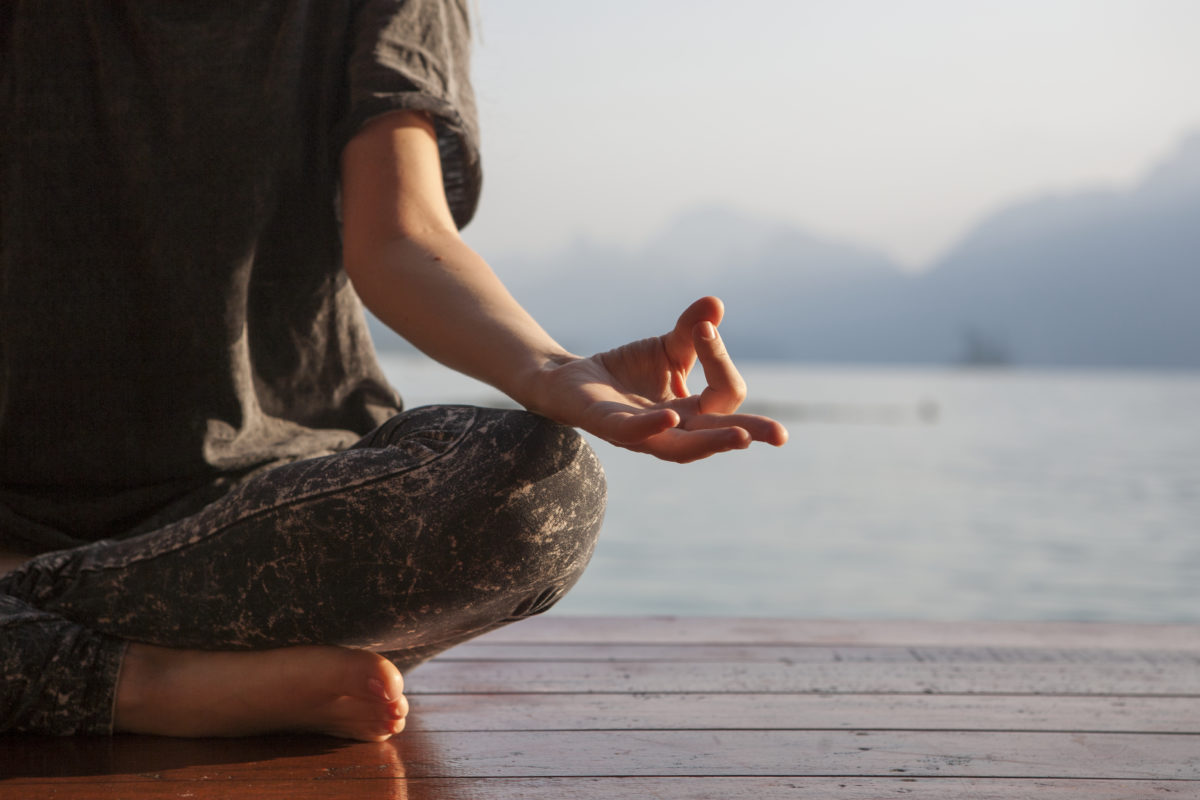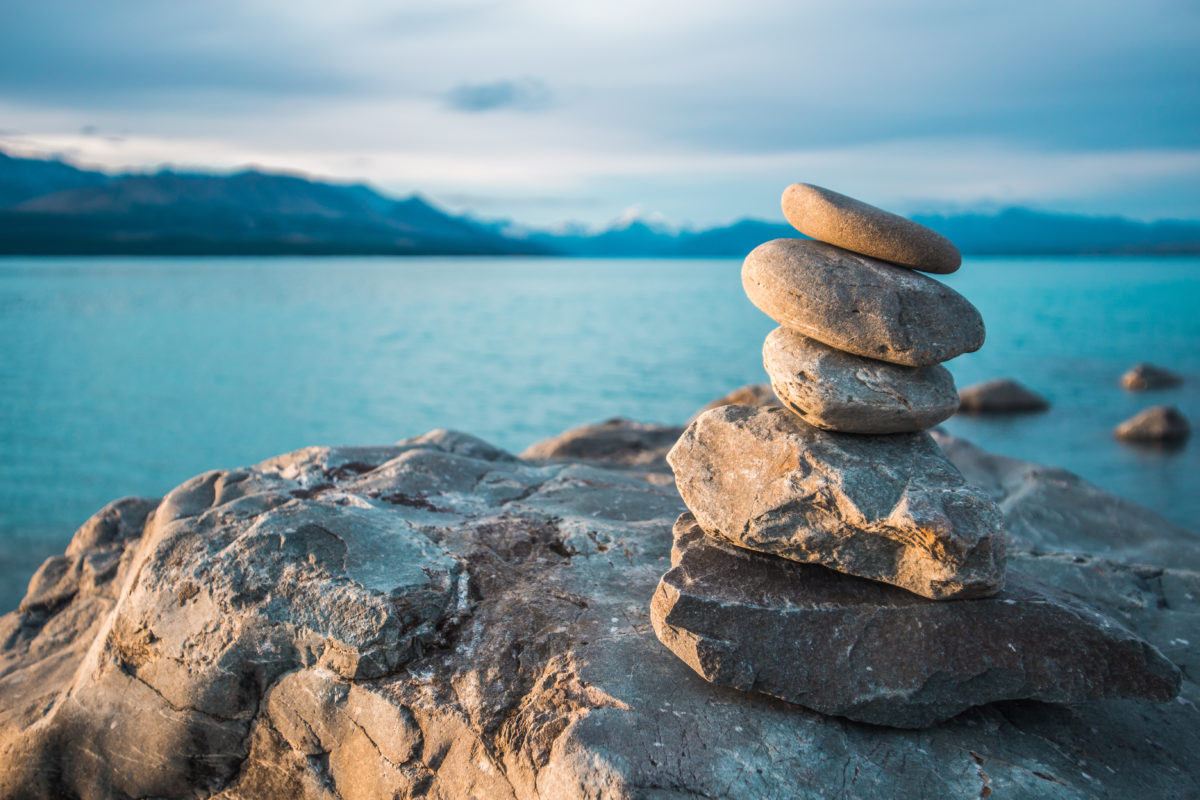
A minute on meditation
Calming the mind and boosting wellness during this time of new normal
by Tina Haskins Chadha
I’ll admit I’d long put meditation in the bucket of “not for me.” It seemed too dull, too ‘new age-y’ and too self-absorbed, I thought. Yet for years I lived in the periphery of meditation’s allure. I was a long time yoga practitioner discovering the transformative impact of both the physical and the breath work of yoga back in the mid-1990’s at NYC’s famed Jivamukti yoga studio. When I later moved to New Delhi, India I deepened my yoga practice and ultimately completed a teacher training programme. Sure, while practicing yoga the concept of chanting and pranayama made sense. There were those calming minutes to focus the breath and quiet the mind, to set an intention for the practice. Yet somehow meditation on its own seemed well… too inward, too unproductive a use of one’s time. The idea of extended meditation outside of yoga just struck me as impossible! How to sit still for long periods? How to silence the mind? And to what end?
Then came COVID-19. And the shockingly swift halt of “normal” life. The panic and worry of what might happen here in Thailand and elsewhere. The stressful grind of home schooling children month after month with no end in sight. The blur of week after week passing socially and physically distanced from so many. We all were in uncharted territory. It was here during this COVID era of “new normal” that I started becoming more curious about meditation. I wondered if it could really be a method to quiet the mind, to reduce anxiety, to provide a sense of calm and peace. Was it even possible to put a pause on the endless chatter of my mind? One afternoon out of the nowhere a memory popped into my mind. 5th grade. Taft Elementary School about 90 kilometres North of New York City. There was a progressive music teacher, whose name I’ve long forgotten, who had all 20 of us preteens reclining flat on the floor with our eyes closed, curtain drawn and classical music cranked up. She wanted us to really hear the music. It seemed silly and perhaps odd to us 10-year-old kids, but looking back I realised this was an early exercise in mindfulness, in a meditation of focus.

With the extended isolation of COVID-19 and the slower pace as life has begun to resume to this “new normal” would this be the time to really give meditation a shot? I began with inspiration from a few podcasts like “Untangle” and “Meditation Minis” and revisited the writings of author and secular Buddhist Stephen Batchelor. When I realised I could set the standard lower by trying to meditate for even one minute, then three or five minutes, it was an aha moment. The expectation of “meditative perfection” started to crumble. I realised it was inconceivable to expect to sit with a quiet mind and meditate for extended periods and for a beginner that wasn’t really how it worked. I also discovered there is no single path to meditation, no one size fits all. There are literally dozens, even hundreds, of meditation techniques and the only way to find the best for you is to try them. And different types of meditation yield different benefits. Generally, meditation styles fall into a few categories: Focused Attention Meditation which focuses on a single object during the whole session such as the breath, a mantra, a visualisation or an external object. Then there is the Open Monitoring Meditation where one monitors all aspects of our experiences without judgement or attachment. These can be internal thoughts, feelings, memories or external such as sounds and smells. Mindfulness and Vipassana are considered to fall into this category. And finally, there is the Effortless Presence Meditation where the attention is not focused on anything at all. This is said to be the deepest state and really something only those experienced can attain.

So, I jumped in and began to give it a shot to discover if a meditation practice for me would be feasible. I literally started with a few minutes. Some experts say meditation is possible even on the busy, rush hour packed BTS train, if that was the case, I could give it a shot in my home locked behind a closed door from two dogs and three children. I started with just a few minutes a day and began to move up in increments of five minutes week by week. I’ll confess not every day went smoothly. How many breathes before I’d lose focus? Sometimes it was only one. He wandering, monkey mind is near constant! It was truly exasperating to try to “turn off” the mind’s endless reminders, to-do lists and wandering thoughts. Experts are unanimous on the importance and the exponential benefits of daily practice. I can report it is a work in progress, but there are noticeable benefits that I can feel. And I look forward to these daily minutes. Practice makes perfect doesn’t apply to meditation, but what we pay attention to matters. What we practice grows.



